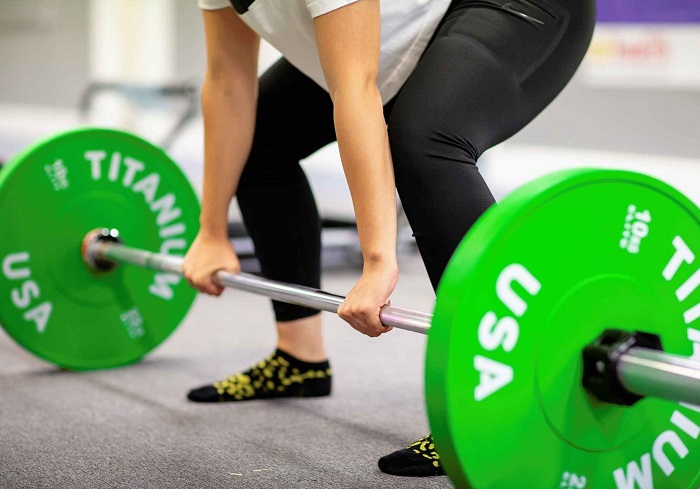Incorporating Powerlifting into Your Program – Older Adults
Strength training has become an important step in combating the effects of aging. It works by reducing the loss of muscle mass and maintaining motor function. As a result, this can improve physical function, assist in daily activities (such as gardening), and also prolong independence.
Aging on the muscles
Individuals (of any age) who have conditions, such as various forms of cancer and/or Crohn’s disease, will experience excessive breakdown of muscle tissue (and strength). This is as a result of using so much energy to fight the disease. The same muscle breakdown changes occur in “healthy” individuals (absence of disease) with aging. This subsequently makes them just as susceptible to mobility impairments, falls, decreased independence, and decreased quality of life. Muscle mass loss is usually secondary to strength loss. It can start any time after the age of 30 and accelerate after the age of 60.
Aging on the bones
People with bone loss should also participate in strength training to increase muscle mass. Research suggests that by producing mechanical stress on the bone, bone development can be enhanced. However, for this to occur the body needs to take on a larger load. This load must exceed what is generally seen during daily activities. Hence, resistance training.
Taking it to the next step
Overtime, the body can be accustomed to the load it is working at when we exercise. This is why progressive overload is important. We can accomplish this through resistance training. More specifically, powerlifting. Powerlifting includes the squat, bench press and deadlift (or rack pulls). It involves using free weights and/or a barbell. These multi-joint movements target the major muscle groups and require global muscle recruitment. This type of powerlifting or training can be used as a prevention, treatment and/or rehabilitation for various conditions as well.
Don’t be afraid of the bar
If the term “powerlifting” scares you, be assured that each lift can be modified to suit your (the clients’), ability, needs and level. Everyone at MD Health is educated and trained in the techniques to get you lifting in the safest possible way. Everyone’s body and history (medical and exercise) is different. Therefore, it only makes sense that your starting stage and transition into powerlifting will be specific to you.
Articles:
- Hong, A., & Kim, S. (2018). Effects of Resistance Exercise on Bone Health. Endocrinology And Metabolism, 33(4), 435. doi: 10.3803/enm.2018.33.4.435
- McGlashan, A., Capp, D., & Anderson, K. (2020). Older Adults’ Experiences and Perspectives of a Powerlifting Program ‘Never Too Late’ in Regional Victoria and the Associated Impacts on Biopsychosocial Outcomes. Gerontology & Geriatrics: Research.
- Progressive overload: the key to exercise gains for seniors – Exercise Right. (2022). Retrieved 11 June 2022, from https://exerciseright.com.au/progressive-overload-the-key-to-gains/
Do you have any questions?
- Call us on (03) 9857 0644 or (07) 3505 1494 (Paddington)
- Email us at admin@mdhealth.com.au
- Check out our other blog posts here
Our clinical staff would be happy to have chat if you have any questions.



